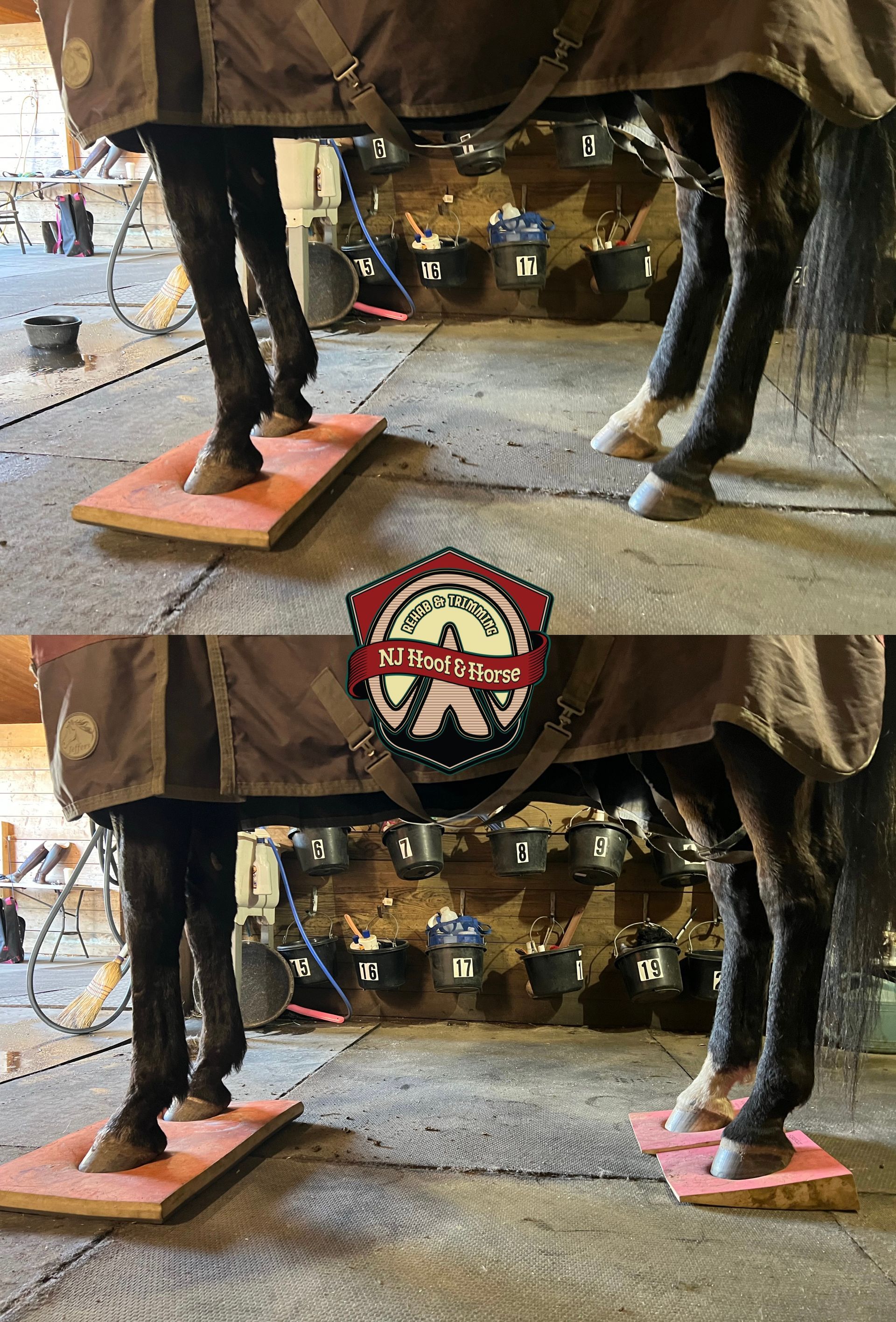How to build a dry lot
Denys Antonenko • April 23, 2024
Click on the button below to download the free PDF step by step guide to building a dry lot or scroll to look at the guide below!
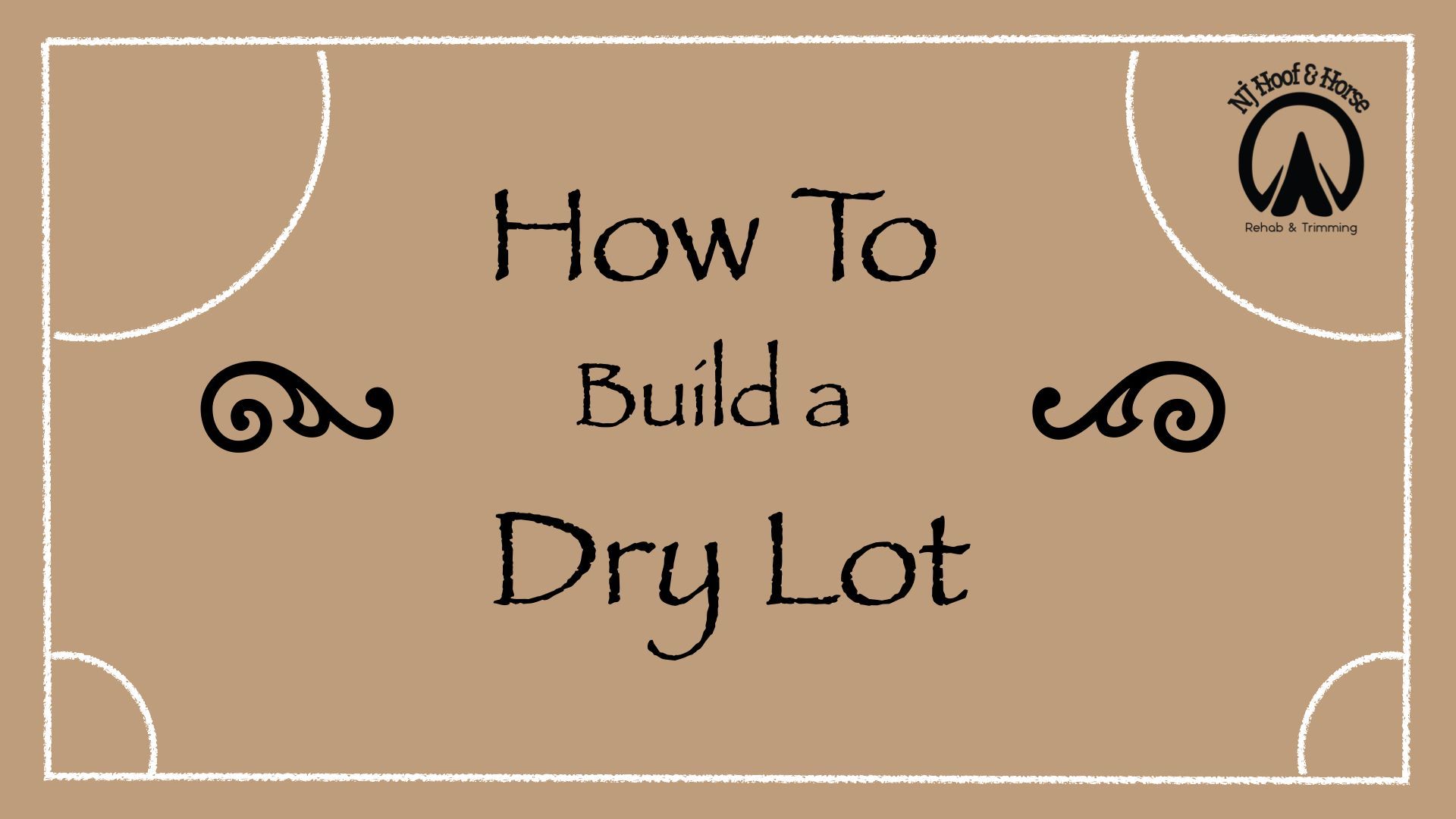




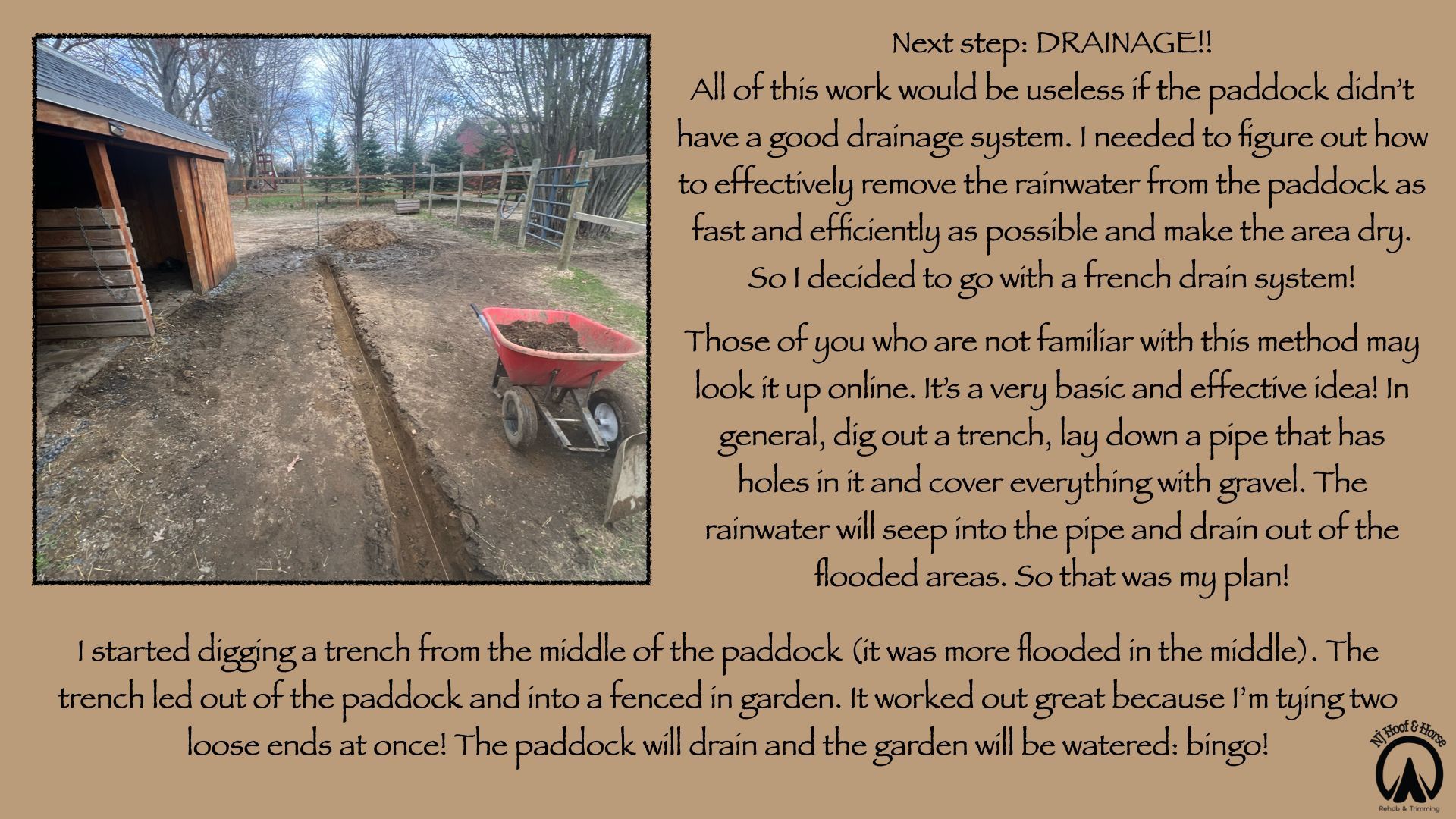

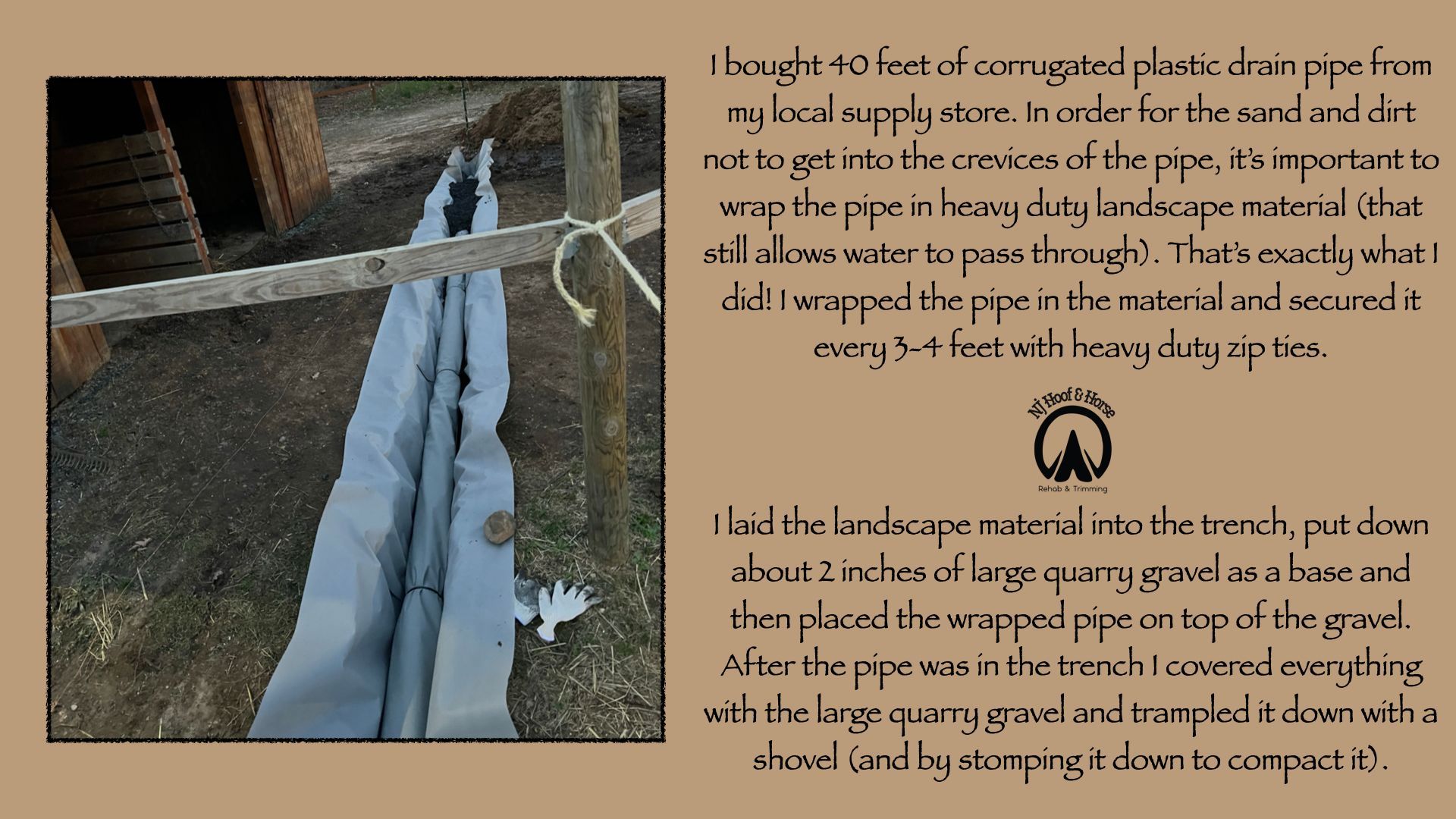

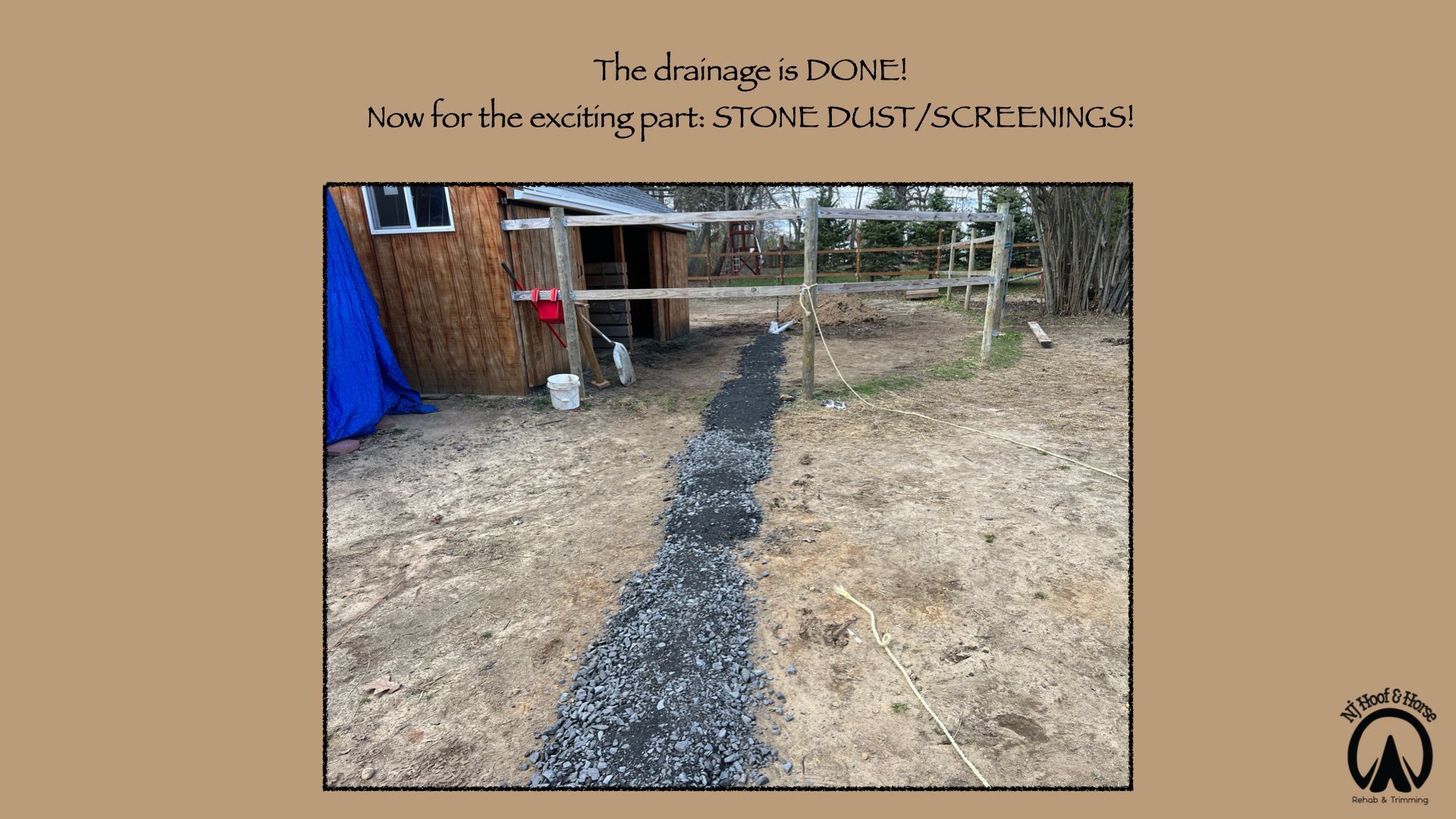
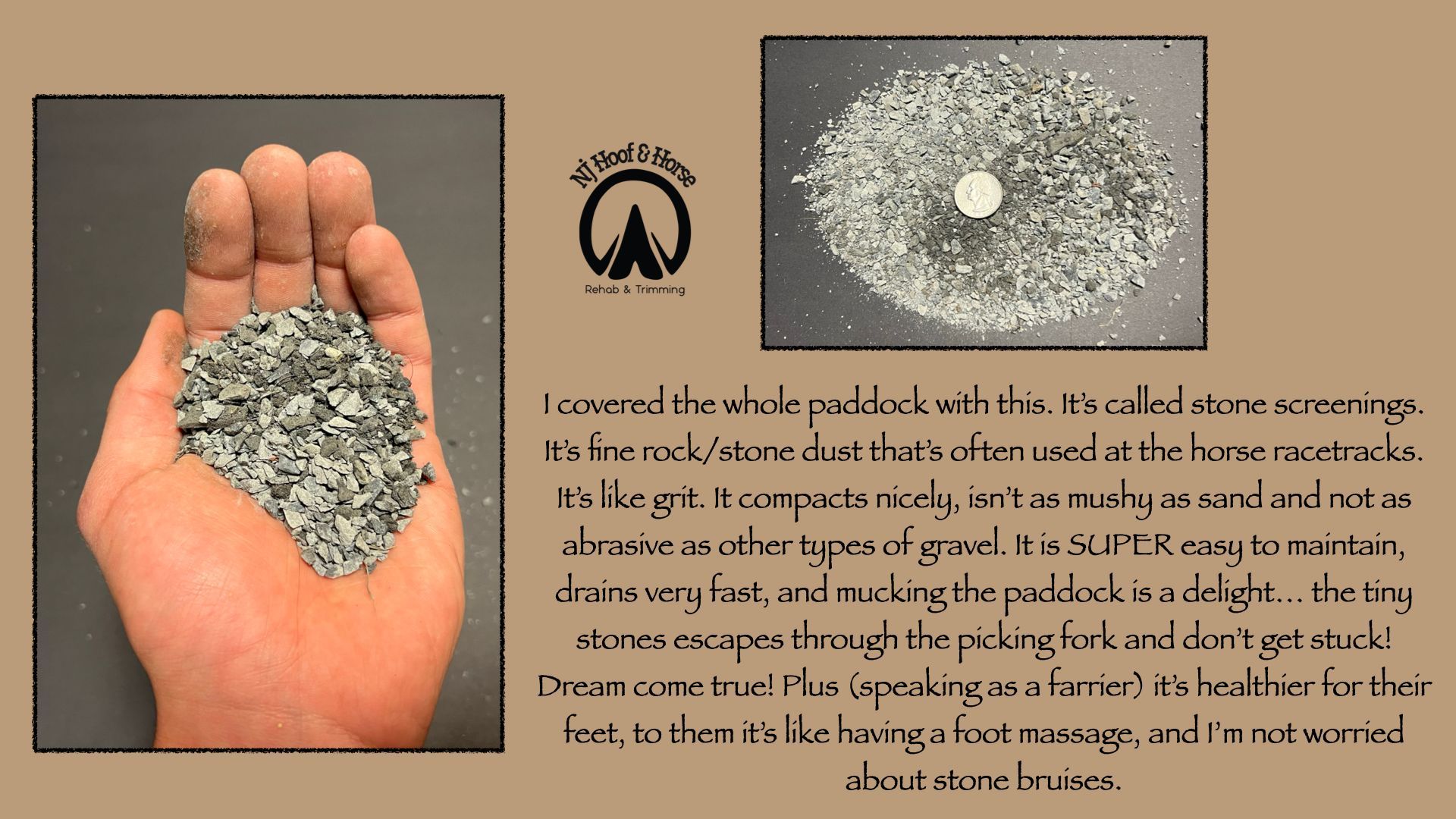
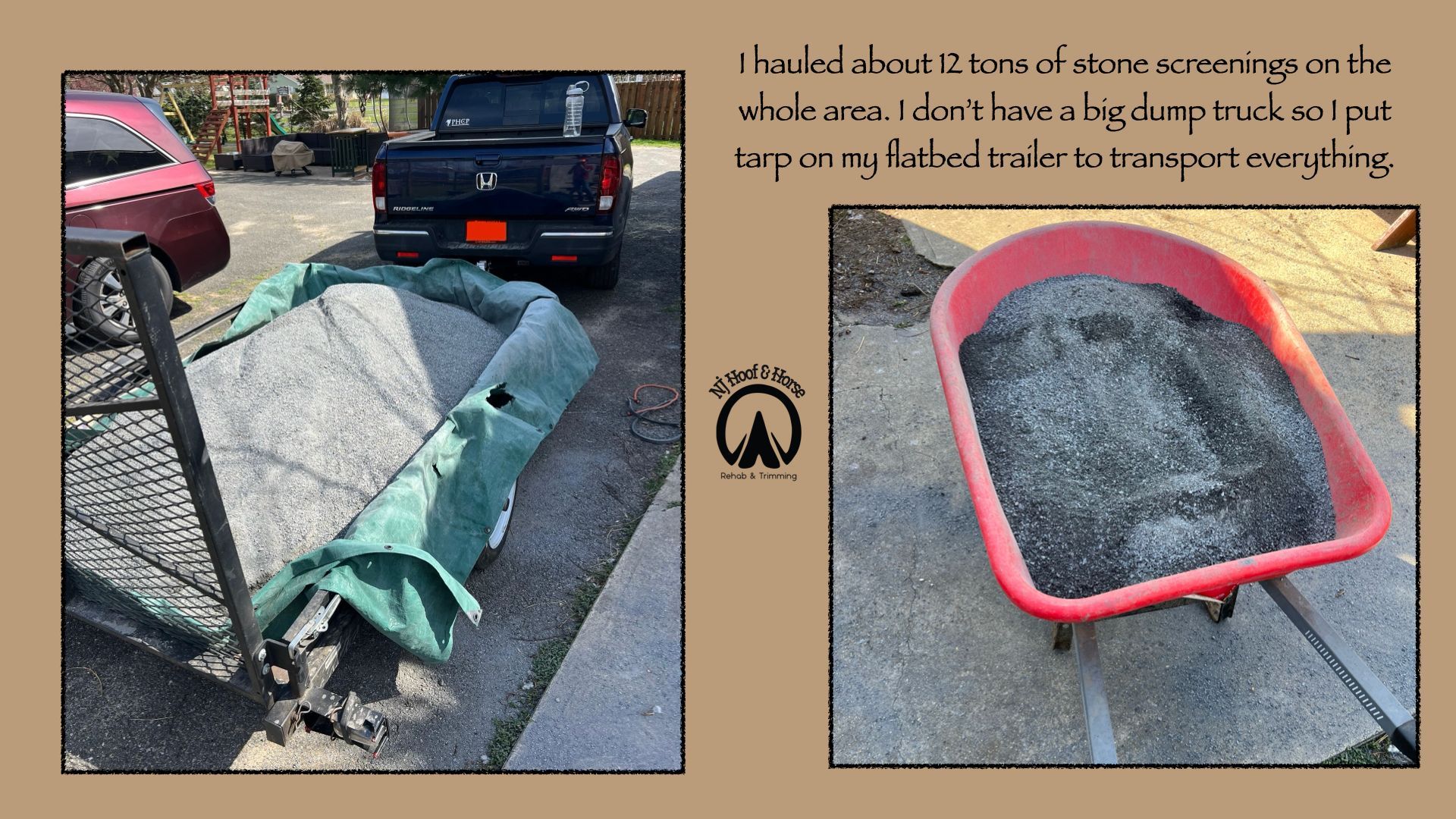

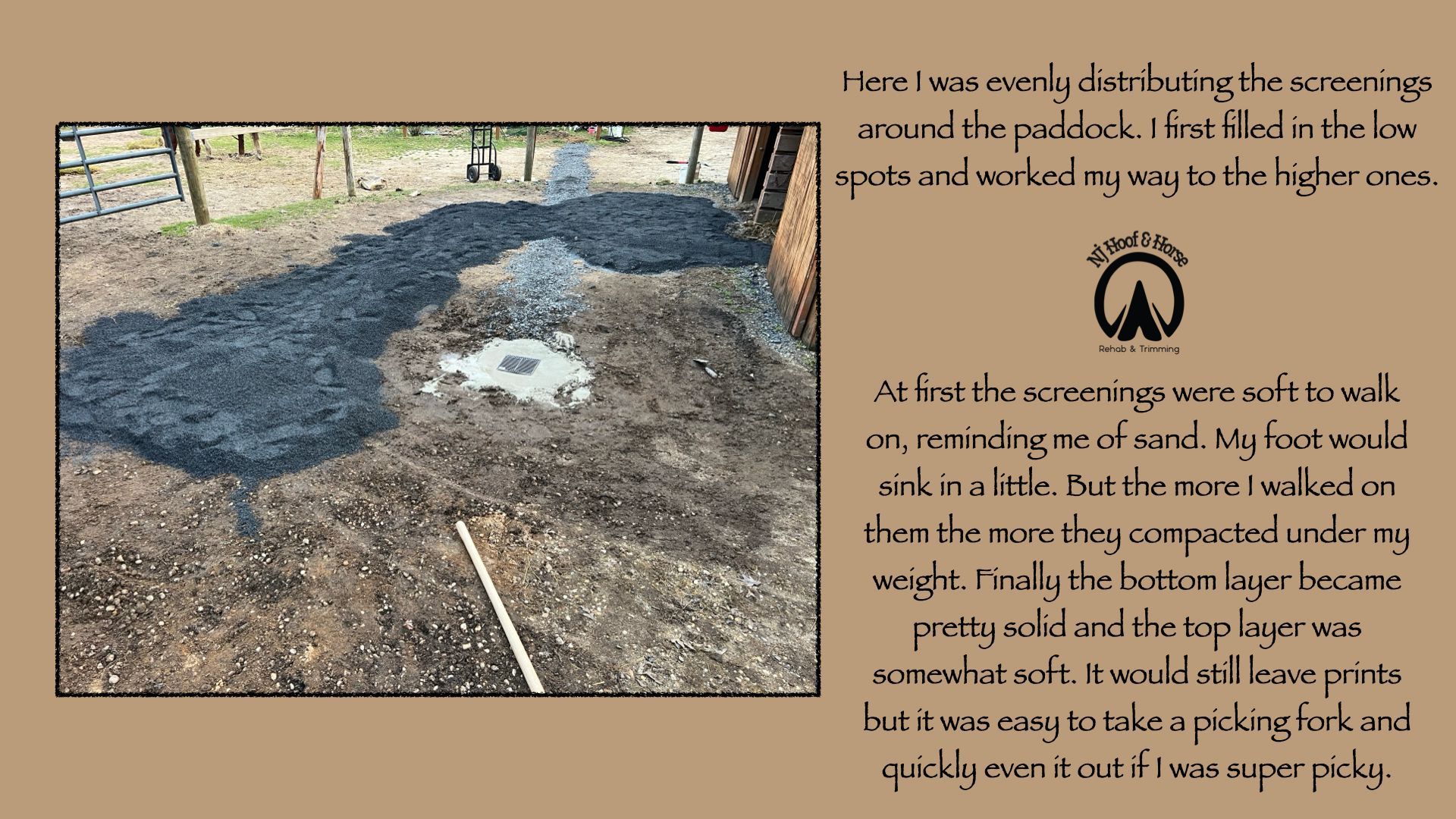
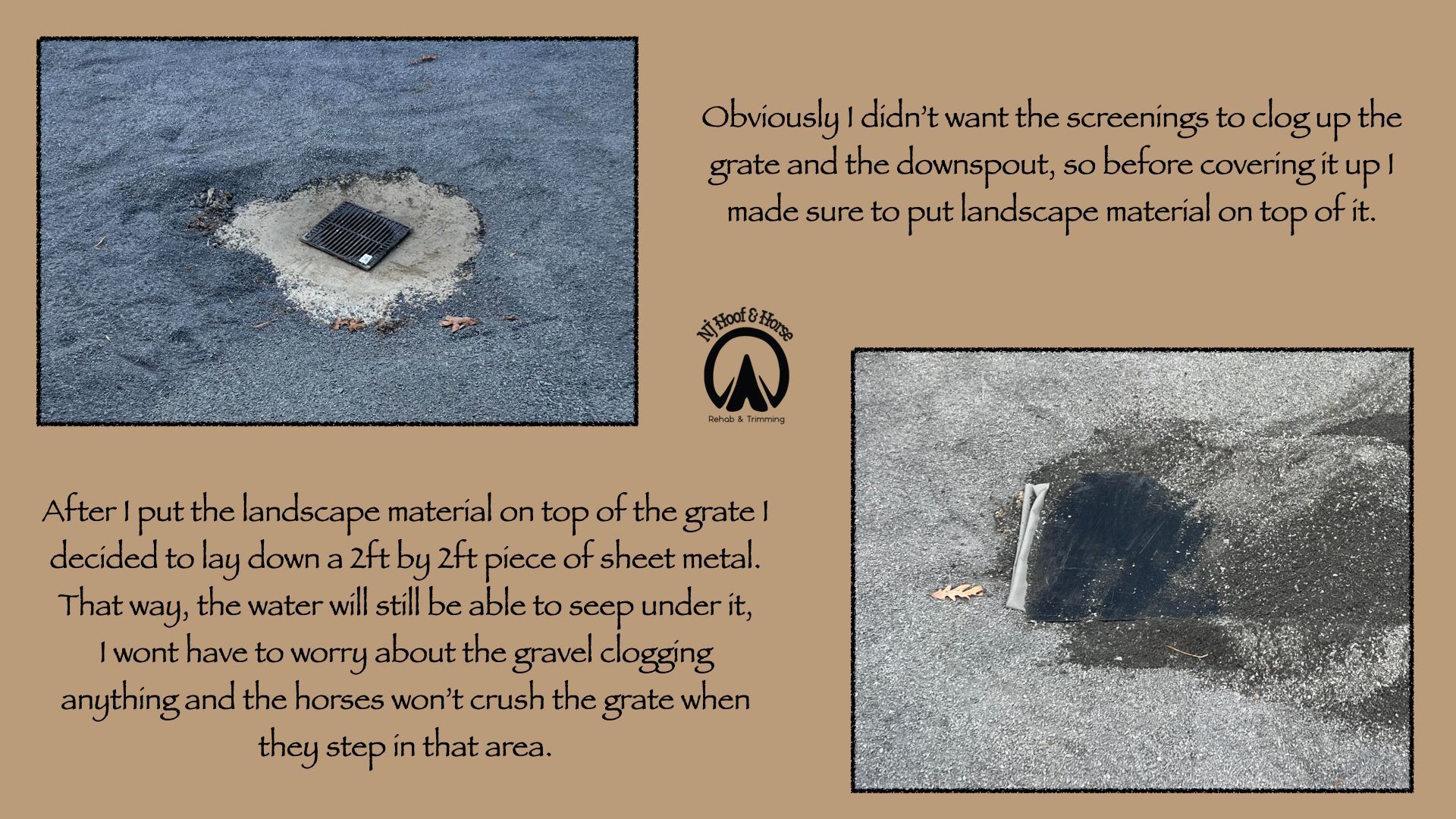
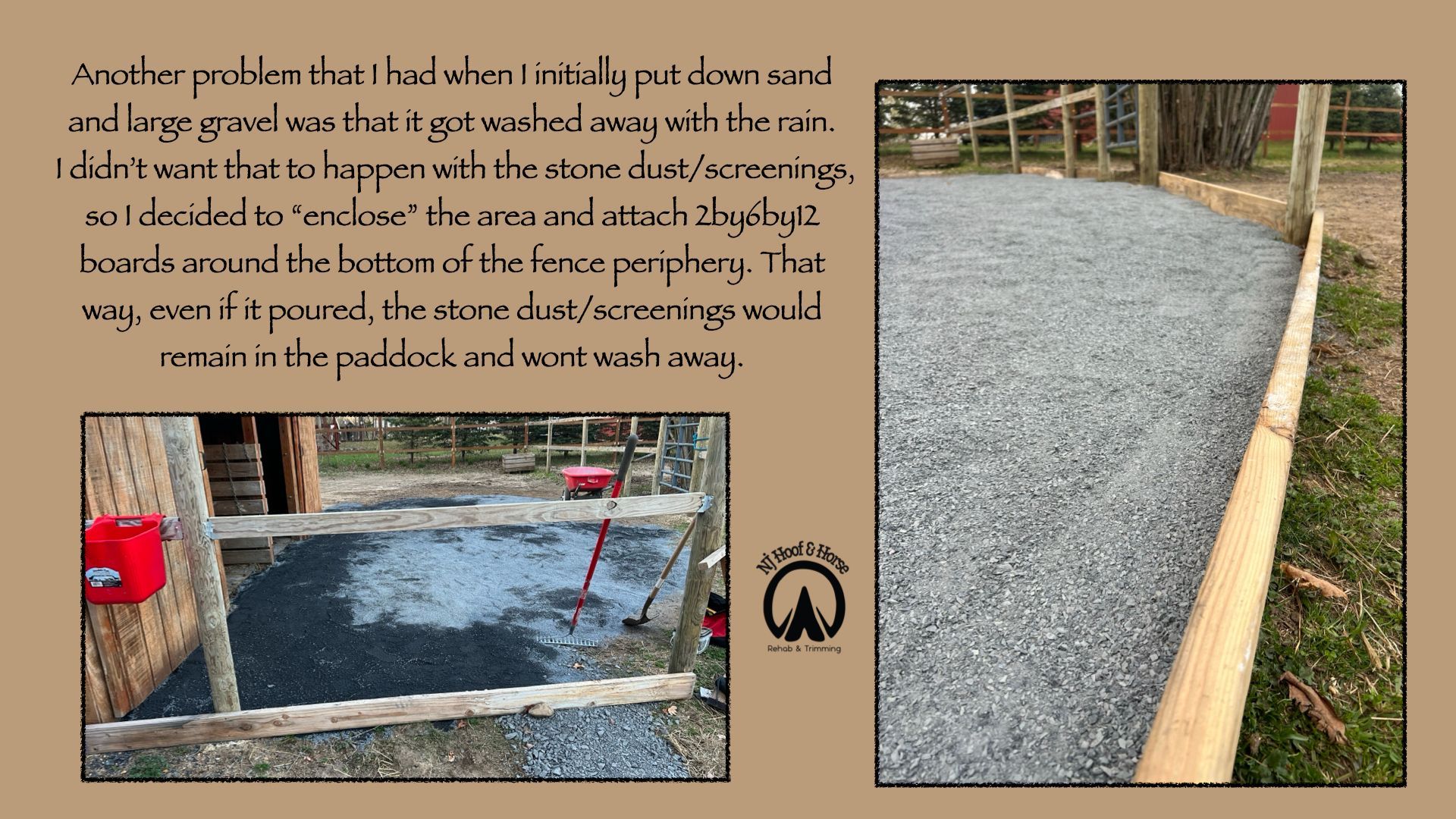

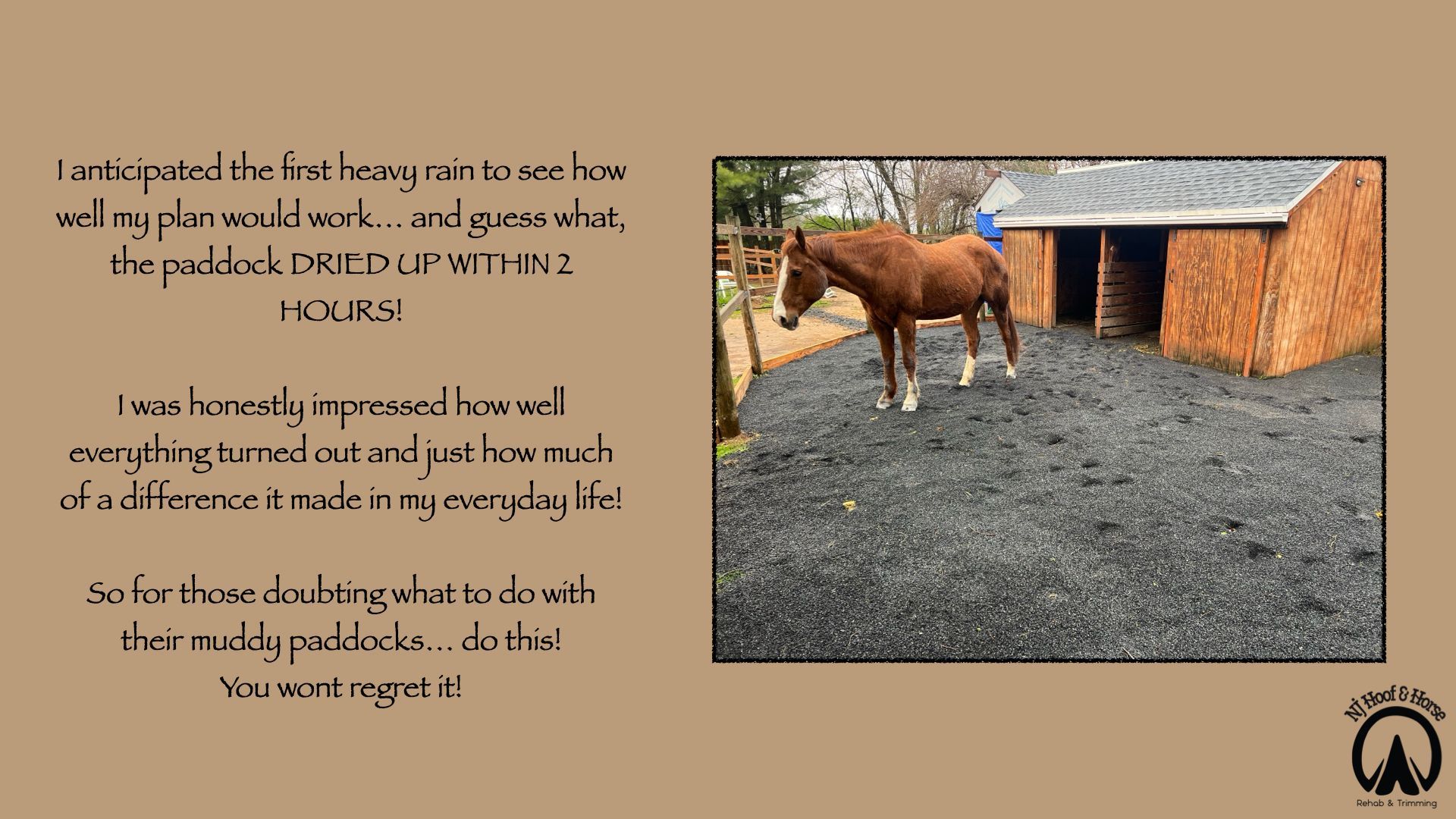
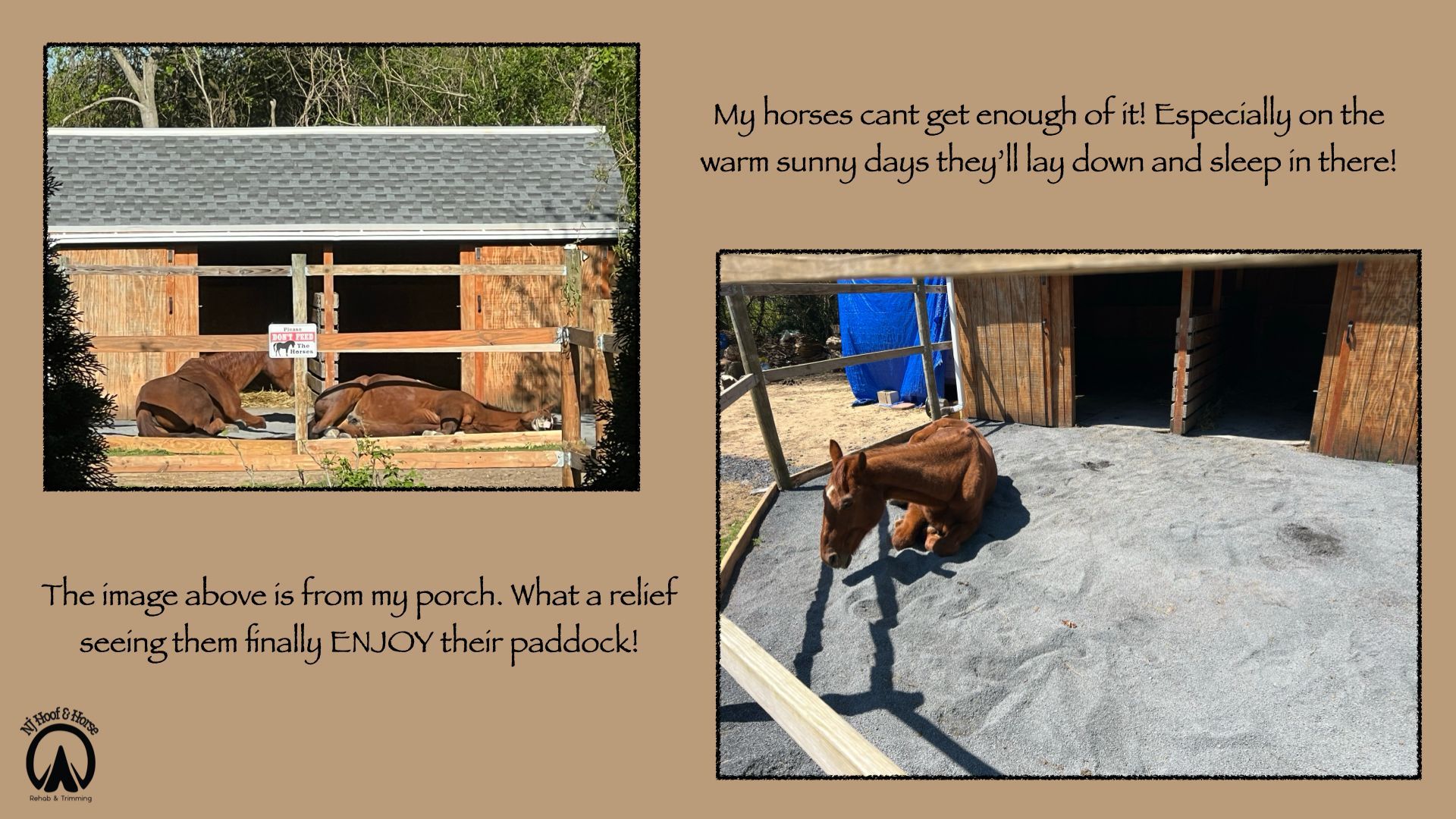
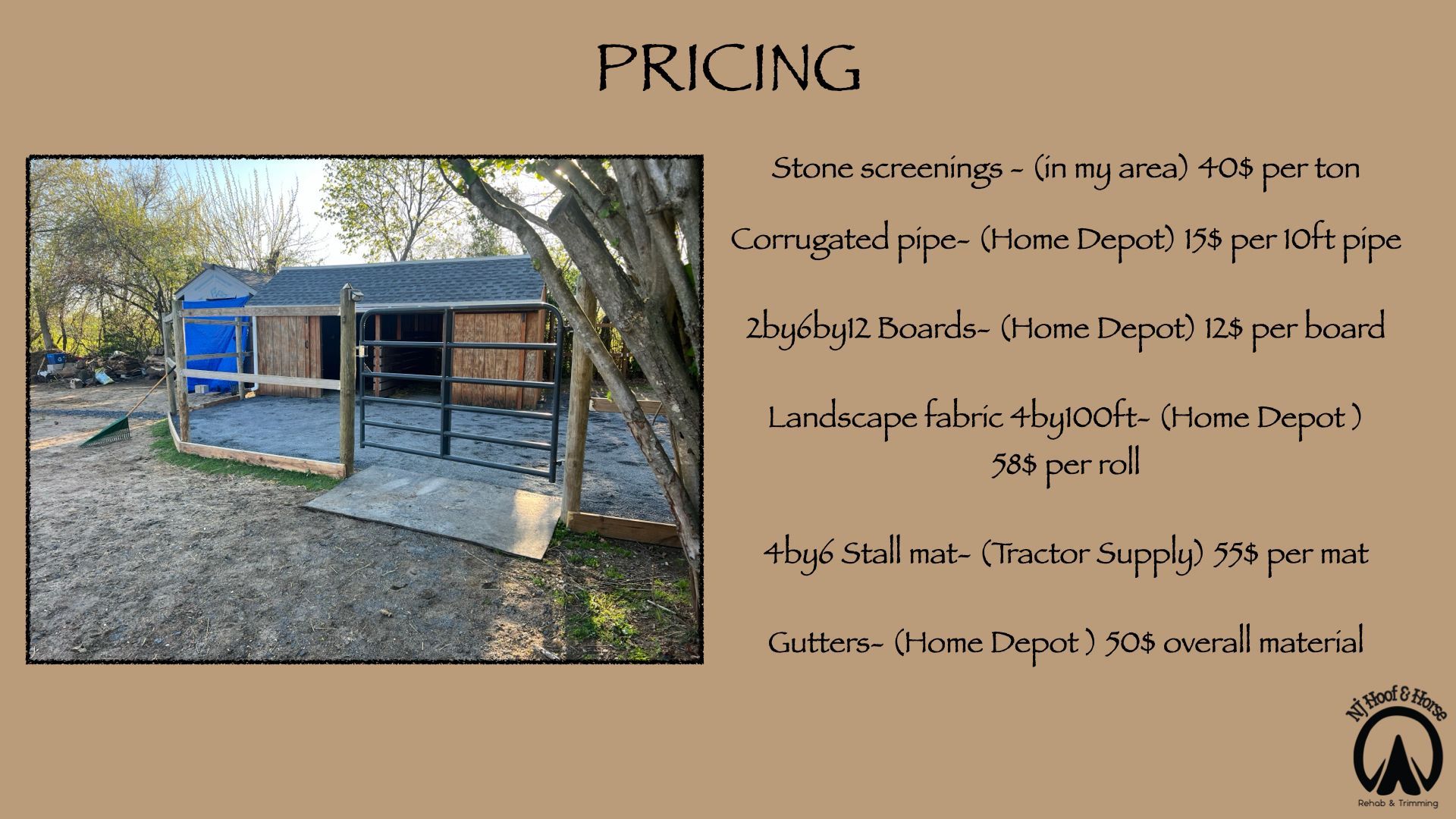
One Minute Discussions #66 Discussing Natural Hoof & Horse Care LEAVE OR REMOVE THE LAMELLAR WEDGE? The lamellar wedge is the adaptation of the hoof to internal problems. And although it’s a sign of inflammation, it may still serve a purpose during rehab. It’s still responsible for “glueing together” the wall and sole, but that “glue” is not as strong as it’s supposed to be. So how do we address it in the trim. Everything depends on the horses comfort level and the condition of the lamellar wedge. It won’t be a wise decision to totally remove the lamellar wedge if it is soggy, weak and not fully keratinized. But in a lot of cases it is safe to remove most, if not all of it, if the lamellar wedge is keratinized, dry and sturdy (especially if we’re putting the horse in therapy boots). In some cases it is a good idea to trim the bottom, flared growth evenly with the well connected top growth in order to reduce leverage on the lamina as much as we can. Denys Antonenko
One Minute Discussions #65 Discussing Natural Hoof & Horse Care WHAT CAUSES LAMINA SEPARATION Yesterday on my group I posted a question… what causes lamina separation? And although we’re used to hearing the most common things that separate the lamina, such as poor diet, metabolic problems, excessive toe leverage, etc, we don’t often hear about the less common things that can lead to a path of lamina failure without us noticing it. You’ve heard me say it many times before that lamina failure is not a result of just one thing. There’s always multiple factors contributing to the problem. As an example, bacterial and fungal infections weaken the foot, and that can result in lamina separation. Mental and physical stress can increase hormone levels which may result in poor hoof health. Many different problems happening elsewhere in the horses body (skin issues, allergies, dental problems) can be a factor that leads to a weak lamina. Denys Antonenko
